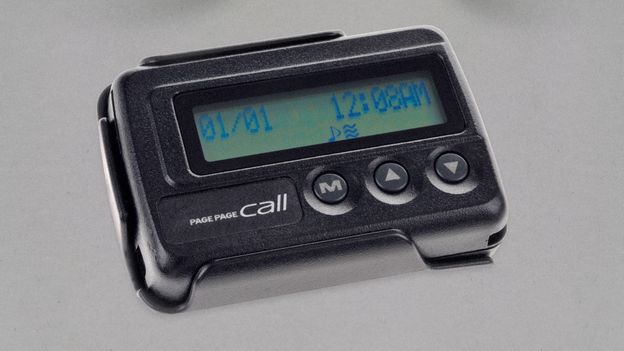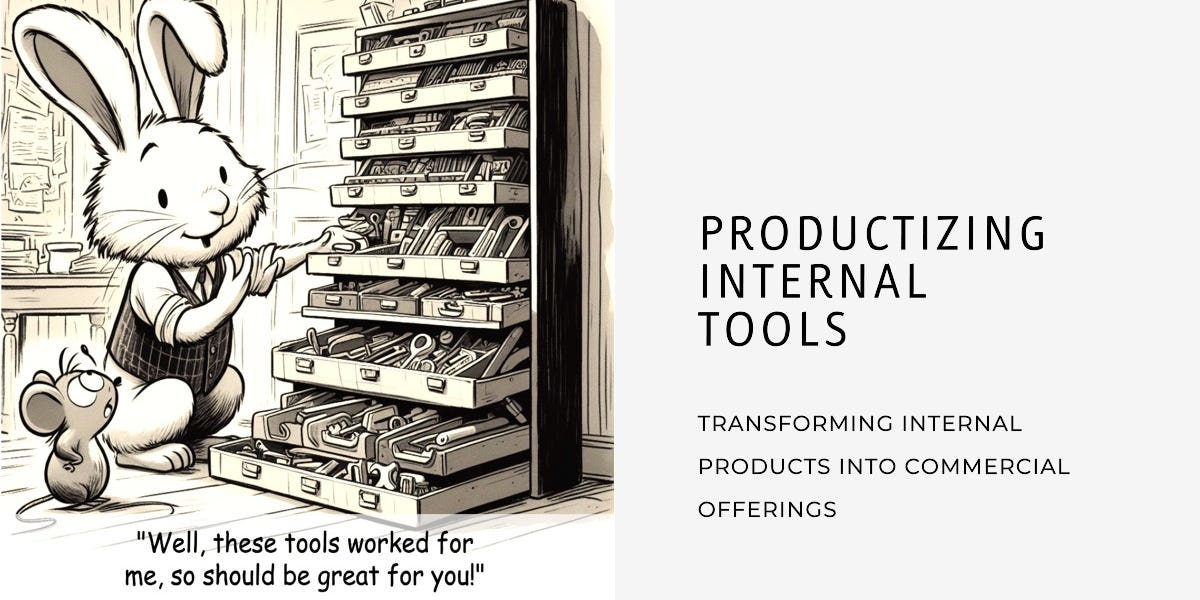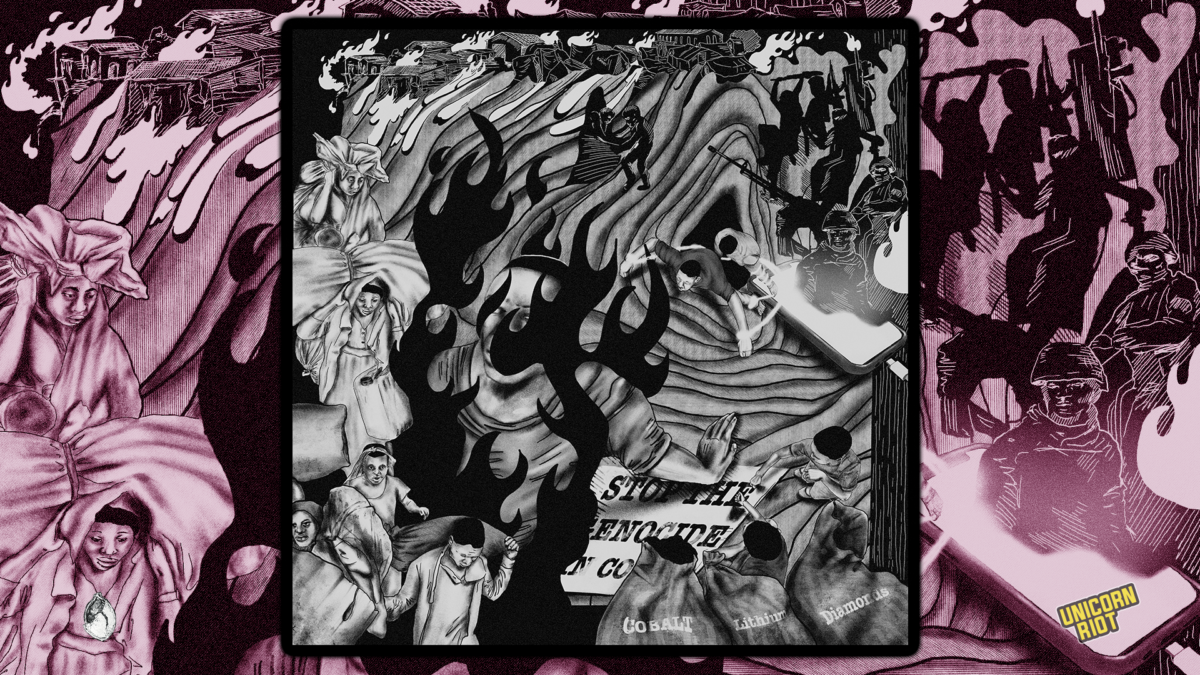![Cassette tape - Wikipedia The Compact Cassette or Musicassette (MC), also commonly called the tape cassette,[2] cassette tape, audio cassette, or simply tape or cassett](https://upload.wikimedia.org/wikipedia/commons/thumb/f/f0/Compactcassette.jpg/1200px-Compactcassette.jpg)
Cassette tape - Wikipedia
The Compact Cassette or Musicassette (MC), also commonly called the tape cassette,[2] cassette tape, audio cassette, or simply tape or cassette, is an analog magnetic tape recording format for audio recording and playback. It was developed by the Dutch company Royal Philips in Hasselt, Belgium, by Lou Ottens and his team. It was introduced in September 1963. Compact Cassettes come in two forms, either already containing content as a prerecorded cassette (Musicassette), or as a fully recordable "blank" cassette. Both forms have two sides and are reversible by the user.[3]
The compact cassette technology was originally designed for dictation machines, but improvements in fidelity led the Compact Cassette to supplant the stereo 8-track cartridge and reel-to-reel tape recording in most non-professional applications.[4] Its uses ranged from portable audio to home recording to data storage for early microcomputers. The first cassette player (although mono) designed for use in car dashboards was introduced in 1968. From the early 1970s to mid-2000s, the cassette was one of the two most common formats for prerecorded music, first alongside the LP record and later the compact disc (CD).[5]
Compact Cassettes contain two miniature spools, between which the magnetically coated, polyester-type plastic film (magnetic tape) is passed and wound.[6] These spools and their attendant parts are held inside a protective plastic shell which is 4 by 2.5 by 0.5 inches (10 cm × 6.3 cm × 1.3 cm) at its largest dimensions. The tape itself is commonly referred to as "eighth-inch" tape, supposedly 1 ⁄8 inch (3.17 mm) wide, but it is slightly larger: 0.15 inches (3.81 mm).[7] Two stereo pairs of tracks (four total) or two monaural audio tracks are available on the tape; one stereo pair or one monophonic track is played or recorded when the tape is moving in one direction and the second (pair) when moving in the other direction. This reversal is achieved either by flipping the cassette, or by the reversal of tape movement ("auto-reverse") when the mechanism detects that the tape has come to an end.[8]














/cdn.vox-cdn.com/uploads/chorus_asset/file/25336775/STK051_TIKTOKBAN_CVirginia_D.jpg)


